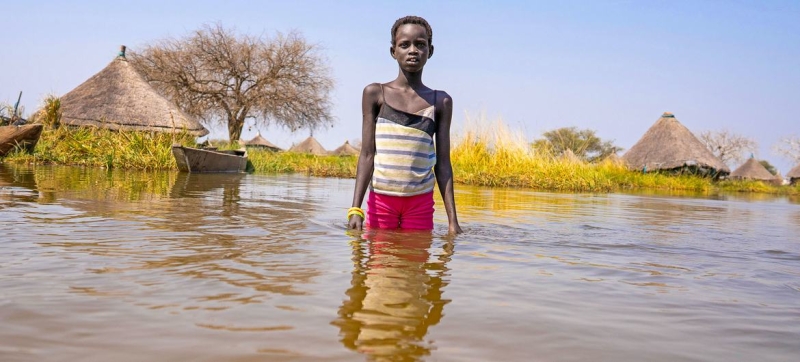
Extreme weather events are becoming more frequent and intensifying around the world. EXPLAINED | What to expect from the UN Climate Conference in Baku? Climate and Environment
Record floods in Spain, hurricanes in Florida and wildfires in South America are just a few examples of extreme weather events that are becoming more frequent and intensifying around the world. With the cost of inaction becoming increasingly clear, funding clean alternatives to climate-changing fossil fuels will be at the top of the agenda at this year’s UN Climate Conference (COP29).
The current climate situation is critical, but not hopeless, experts say. A UN report released a few days before the conference opened in the capital of Azerbaijan confirmed that the increase in average global temperature is approaching 1.5°C above pre-industrial levels, leading to a catastrophic temperature increase of 2.6-3.1°C this century. This is inevitable unless greenhouse gas emissions are immediately and significantly reduced. Failure to act will result in extreme weather events becoming more frequent and more dangerous.
The UN is calling for urgent collective action to deliver the greenhouse gas emission reductions needed to limit global warming.
What is the UN Climate Conference?
The climate crisis knows no borders. Solving it requires unprecedented international cooperation; the UN and its Secretary-General are at the center of this multilateral effort.
The annual United Nations Climate Change Conference (COP) is the premier international forum for climate change decision-making, attended by virtually every country in the world. It provides a unique opportunity to agree on how to address the climate crisis, limit global temperature rise to 1.5 degrees Celsius, help vulnerable communities adapt to a changing climate, and achieve net zero emissions by 2050.
COPs are always inclusive events: in addition to world leaders and members of national governments, they bring together a wide range of people, from business leaders and climate scientists to indigenous peoples and youth. They share ideas and best practices to catalyze climate action that will benefit everyone on the planet.
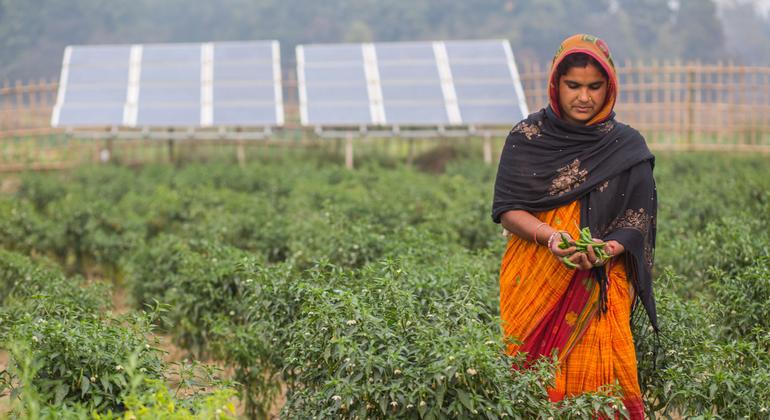
What will be the focus of COP29?
A top priority for the Baku negotiators will be agreeing on a new climate finance target that will provide every country with the means to take bolder climate action, reduce greenhouse gas emissions and build resilient communities.
The conference aims to help generate the trillions of dollars that developing countries need to mitigate harmful carbon emissions, adapt to climate change and address the loss and damage it causes.
Discussions on reforming the international financial architecture, which took place earlier at the Future Summit, are also expected to continue. UN Secretary-General António Guterres called the current system “utterly unfit” because it is unable to cope with today’s challenges: many poor countries face unsustainable debt that prevents them from investing in social protection and health care, let alone taking steps to transition to a low-carbon economy.
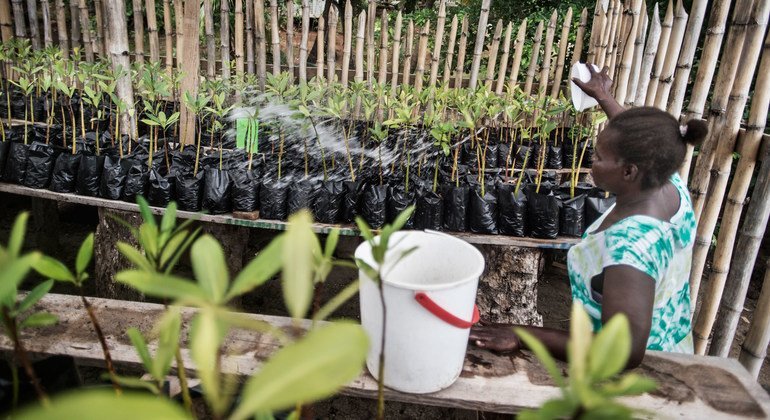
What will happen during the two weeks?
The conference agenda includes a packed schedule of talks, speeches, press conferences, roundtables and panel discussions. The forum space will be divided into the Green Zone, which is managed by the COP29 presidency and is open to the general public, and the Blue Zone, which is managed by the UN.
The two venues will be used for negotiations, with representatives from countries attempting to hammer out a final agreement by the end of the event. Consensus is usually reached, but not without drama: last-minute disagreements often push negotiations beyond the official time limit.
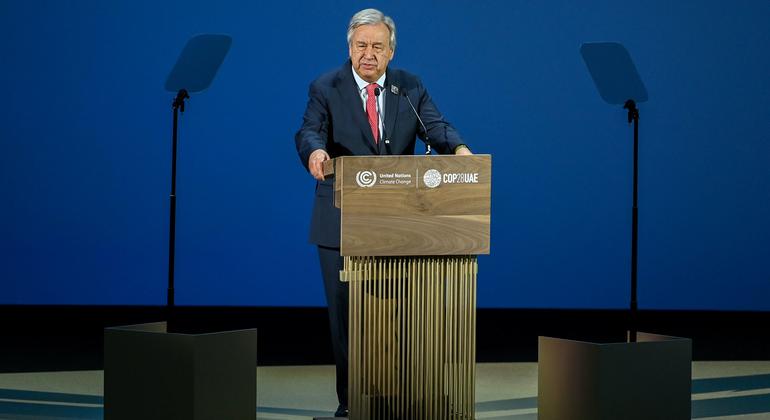
Why are the COPs so important?
The importance of the UN Climate Conferences lies in their unifying power: the results of each of them may not justify the hopes of optimists, but it is important that decisions to overcome the climate crisis are made on the basis of consensus.
In 2015, a landmark climate agreement was reached at COP21 in Paris, with countries agreeing to reduce global warming to well below 2 degrees Celsius above pre-industrial levels and to pursue efforts to limit it to 1.5 degrees. The Paris Agreement sets out a five-year cycle of increasingly ambitious climate action by countries.
The next updated national climate action plans, known as Nationally Determined Contributions (NDCs), are due in 2025. This process has led to gradual but important improvements in emissions reductions and measures to encourage the adoption of renewable energy.
Each year, negotiators build on the progress made at the previous COP, expand their commitments, and seek new agreements based on the latest climate science and the role of human activity in this crisis.
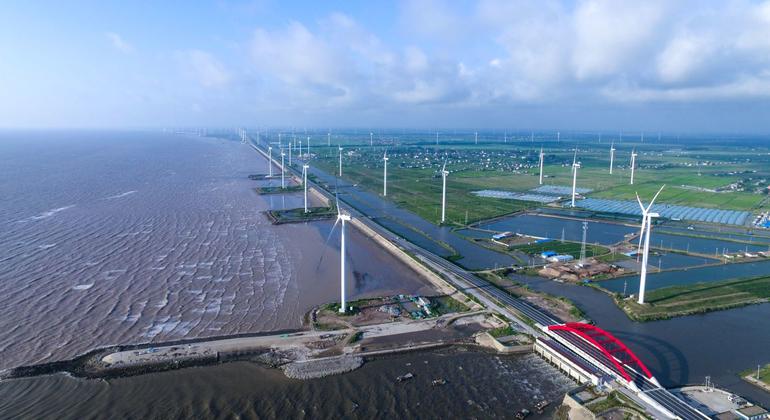
What’s Next?
Outside the conference, there are many positive signs that the clean energy transition is gaining momentum and is already paying huge dividends in the form of new jobs and boosting national economies.
Renewable energy is being introduced into the global energy system at an unprecedented rate, and electricity from wind and solar power is now cheaper than fossil fuels in most regions.
A future based on renewable energy is becoming inevitable. Those who take decisive action and invest in clean technologies today will reap great benefits in the coming years.
